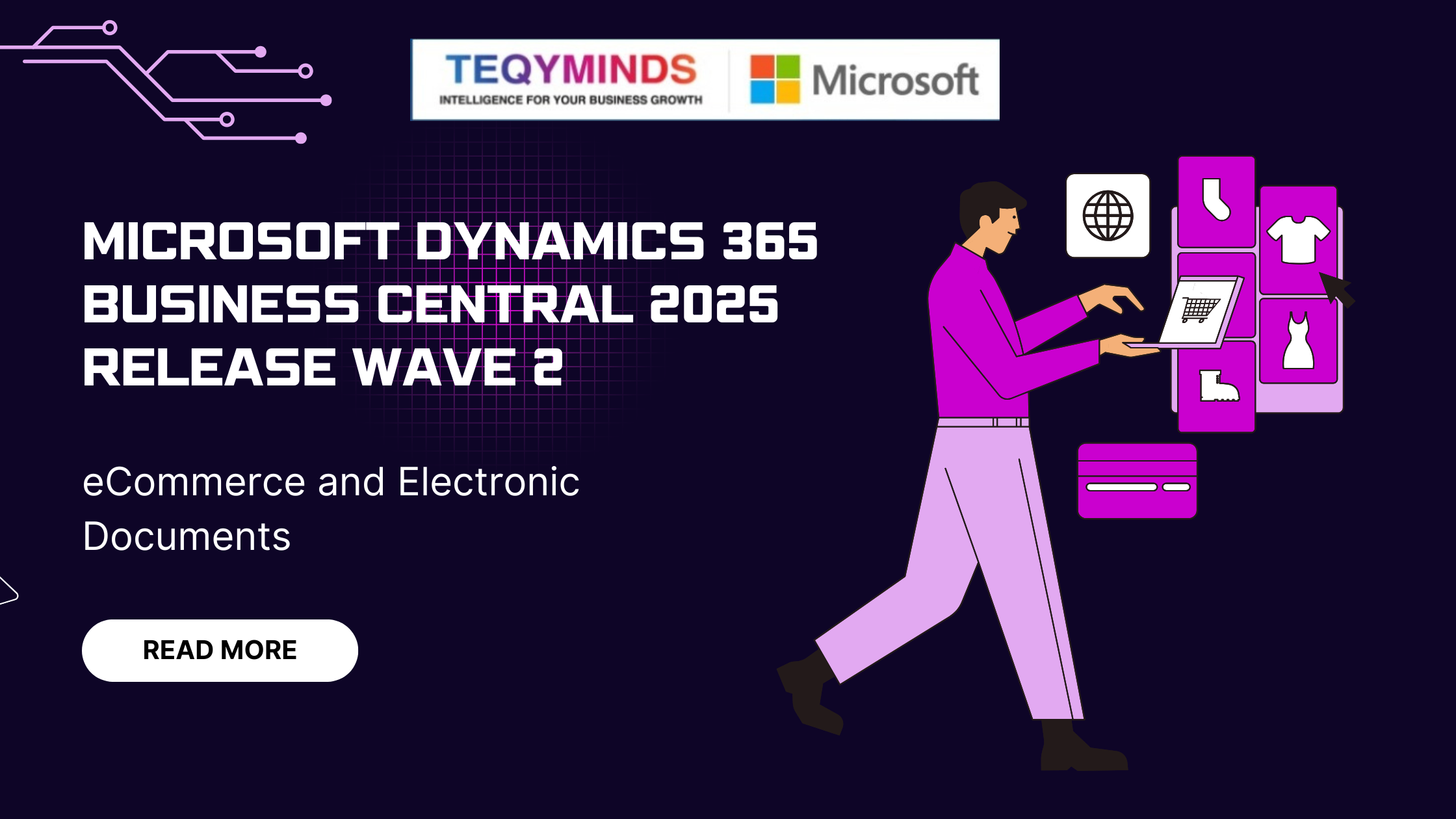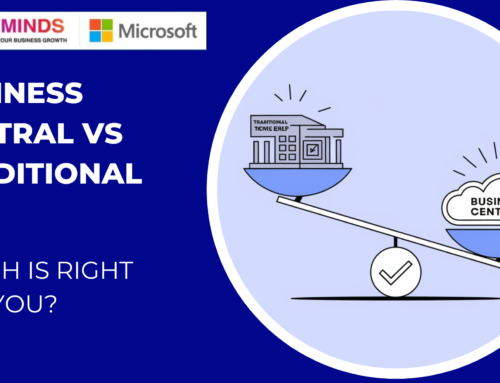Microsoft continues to push innovation for small and medium-sized businesses with the latest update to Dynamics 365 Business Central – the 2025 Release Wave 2, covering updates from October 2025 to March 2026. This release focuses heavily on two major areas that directly impact day-to-day business operations: eCommerce and Electronic Documents (eDocuments). Let’s break down what these updates mean, why they matter, and how businesses can take advantage of them.
Enhanced eCommerce Integration
In today’s digital-first world, selling online isn’t just an option—it’s a necessity. Many SMBs are using platforms like Shopify to reach customers globally, and Microsoft has recognized this growing need by improving the Shopify integration within Business Central.
With the latest release, Business Central now supports the latest version of the Shopify Connector, ensuring smoother communication between the two systems. This means businesses can seamlessly sync product catalogs, pricing, and inventory levels between their ERP and online store. One of the standout improvements is the new staff-to-salesperson mapping, which allows orders from Shopify to be automatically linked to the right salesperson in Business Central. This makes commission tracking and sales performance reporting much easier and more accurate.
Another key enhancement is market-specific pricing synchronization. Businesses that sell in multiple regions can now manage different price lists directly within Business Central and ensure that those prices automatically reflect in their Shopify storefront. Additionally, the system now handles sell-to and bill-to customer details across different company locations more efficiently, which is particularly useful for businesses operating in multiple regions or subsidiaries.
In short, these eCommerce enhancements bridge the gap between online sales and back-office operations. Businesses can enjoy real-time data accuracy, fewer manual updates, and better visibility into sales performance. For those handling both B2B and B2C transactions, these updates create a more unified and intelligent sales process.
Smarter Handling of Electronic Documents
The second major focus area of this release is Electronic Documents—a step forward in automating financial workflows and ensuring global compliance. Business Central 2025 Release Wave 2 makes it easier for companies to create, send, receive, and process eDocuments such as invoices, reminders, and finance charges.
A significant new feature is the ability to generate eDocuments directly from posted sales invoices. This simplifies how businesses exchange financial information with partners, vendors, or government portals. Users can now send eDocuments through both services and email simultaneously, providing flexibility to meet varying customer or regulatory requirements.
Microsoft has also expanded PEPPOL support (Pan-European Public Procurement Online), which is becoming a global standard for electronic invoicing. With this update, businesses can now export reminders and finance charges as PEPPOL-compliant files, helping them stay ahead of international compliance requirements. For regions with stricter tax regulations, the new Clearance model setup allows companies to configure workflows where invoices must be validated by government authorities before being finalized.
Even better, these eDocument capabilities integrate seamlessly with Power Automate. This means organizations can build automated workflows—like sending alerts when an eDocument fails validation, routing approvals, or syncing eInvoices with external systems—without needing complex custom development.
By digitizing document exchange, businesses reduce manual errors, save time, and ensure smoother collaboration with partners. It also prepares companies for upcoming global compliance changes, especially in countries that are moving toward mandatory e-invoicing and real-time reporting systems.
What This Means for Businesses and Partners
For freelancers, consultants, and Microsoft partners—especially those offering ERP, website development, or automation services—this release opens new opportunities. Businesses often struggle with disjointed data between their e-commerce platforms and accounting systems. The improved Shopify connector and eDocument framework give service providers the tools to help clients unify these systems.
Here’s how you can leverage these updates:
- Audit client integrations: Check how existing clients manage their e-commerce data flow. Suggest upgrades that utilize the new synchronization and staff-mapping features.
- Automate workflows: Use Power Automate to create flows for sending eDocuments, monitoring errors, or triggering approvals.
- Promote compliance: Help clients adopt e-invoicing and PEPPOL standards early to avoid future compliance issues.
- Enhance reporting: Combine Business Central data with Power BI dashboards to provide real-time visibility into eCommerce performance and document processing.
These updates are not just about adding new features—they’re about simplifying operations, ensuring compliance, and improving customer experience. Whether it’s managing online sales, sending accurate invoices, or meeting government reporting standards, the 2025 Release Wave 2 makes Business Central smarter and more connected.
Conclusion:-
The Microsoft Dynamics 365 Business Central 2025 Release Wave 2 is all about driving operational efficiency and reducing manual work for growing businesses. With deeper eCommerce integration and smarter Electronic Document management, Microsoft continues to empower organizations to do more with less effort.
For businesses already using Business Central, now is the time to explore these updates and take advantage of the automation, compliance, and integration benefits they bring. And for consultants, developers, and partners—this release presents a great opportunity to deliver more value, streamline client operations, and stay ahead in the evolving digital landscape.






Leave A Comment